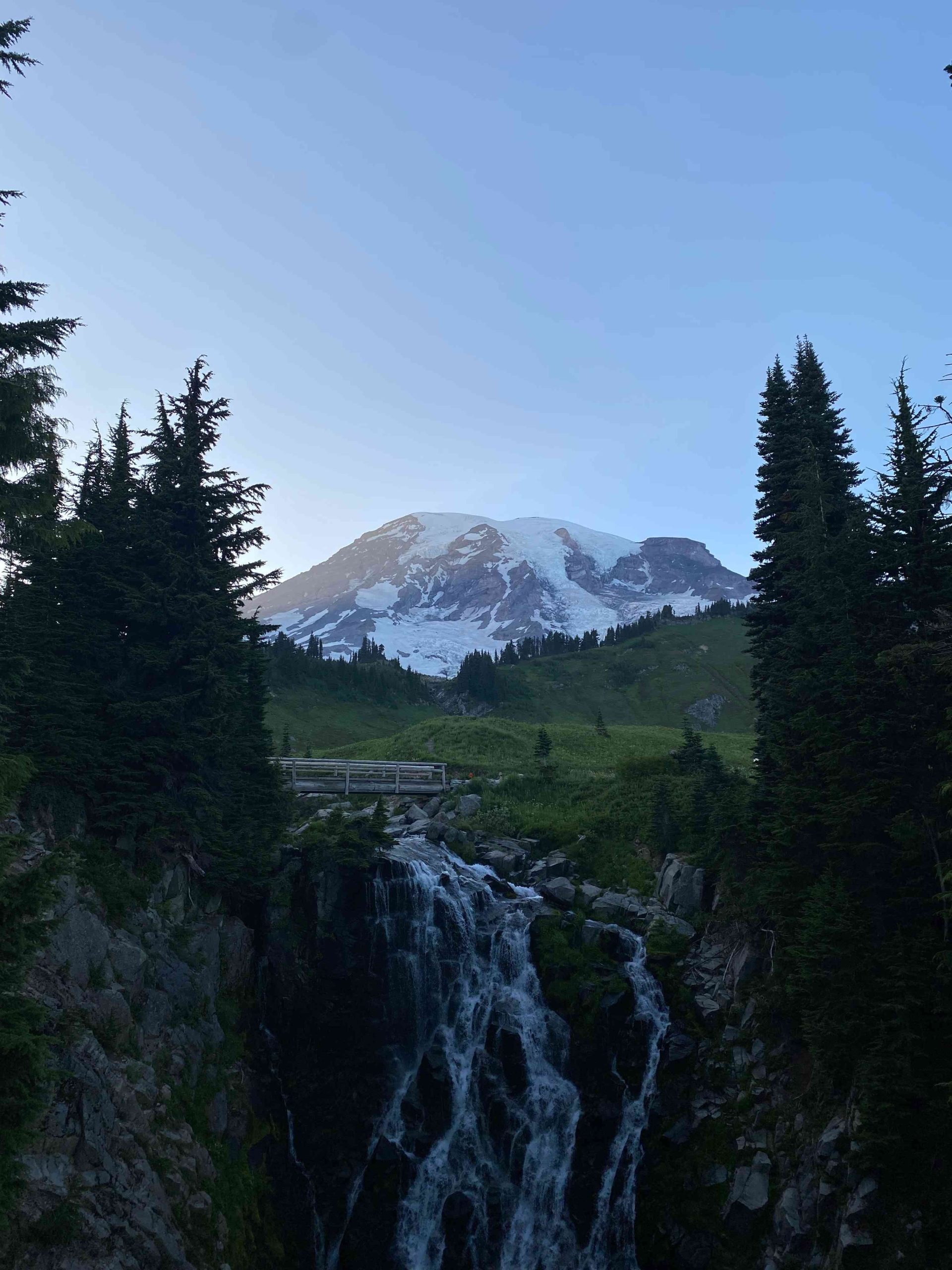Mount Rainier National Park, known for its stunning natural beauty and diverse ecosystems, has specific regulations regarding vehicle use and access. The question of whether Lime Pods, which are electric scooters or similar personal transportation devices, can be used in the park is a complex one. While there are no explicit rules about Lime Pods, the park’s general policies on motorized vehicles and environmental preservation provide insights into their potential use.
What Are the Vehicle Restrictions at Mount Rainier?

Mount Rainier National Park has strict regulations on vehicle use to protect its natural environment and maintain the wilderness experience for visitors. Here are the key points:
- Motorized vehicles are restricted to designated roads only
- Specific hours and areas are set for automobile access
- No designated bike trails exist within the park
- Biking is described as very challenging in the park
These restrictions suggest that Lime Pods, being motorized devices, would likely face significant limitations or prohibitions within the park boundaries.
Are There Specific Rules for Lime Pods in National Parks?

While there are no explicit rules mentioning Lime Pods in Mount Rainier National Park, we can infer the following based on general park policies:
- Motorized devices are typically restricted to designated roads
- Off-road use of motorized vehicles is prohibited
- Activities that could harm the natural environment are not allowed
- The park emphasizes preserving wilderness character and minimizing human impact
Given these points, it’s highly unlikely that Lime Pods would be permitted for general use throughout the park, especially on hiking trails or in wilderness areas.
What Challenges Would Lime Pod Users Face at Mount Rainier?
If Lime Pods were allowed in Mount Rainier National Park, users would likely encounter several challenges:
- Limited access to park areas due to road restrictions
- Lack of designated paths or trails suitable for Lime Pods
- Potential conflicts with hikers and wildlife on narrow trails
- Difficulty navigating steep and uneven terrain
- Limited parking facilities designed for small motorized devices
These challenges highlight the practical difficulties of using Lime Pods in a wilderness setting like Mount Rainier.
How Does Mount Rainier’s Terrain Affect Lime Pod Use?
Mount Rainier’s diverse and often challenging terrain would pose significant obstacles for Lime Pod use:
| Terrain Type | Challenges for Lime Pods |
|---|---|
| Steep slopes | Battery drain, safety risks |
| Uneven paths | Instability, potential damage |
| Narrow trails | Limited maneuverability |
| Rocky areas | Tire punctures, vehicle damage |
| Wet conditions | Reduced traction, electrical issues |
The park’s varied and often rugged landscape is not conducive to the use of small electric vehicles like Lime Pods.
What Are the Environmental Concerns of Using Lime Pods in the Park?
Environmental preservation is a top priority at Mount Rainier National Park. The use of Lime Pods could raise several concerns:
- Potential disturbance to wildlife and vegetation
- Noise pollution in quiet wilderness areas
- Soil erosion from repeated use on unpaved surfaces
- Risk of abandoned or damaged pods in remote areas
- Increased human impact on sensitive ecosystems
These environmental considerations align with the park’s mission to protect and preserve its natural resources for future generations.
How Do Park Regulations Address New Transportation Technologies?
Mount Rainier National Park’s regulations are designed to accommodate traditional forms of transportation while preserving the park’s natural state. However, they may not explicitly address newer technologies like Lime Pods. Here’s how the park typically approaches new transportation methods:
- Evaluate potential environmental impact
- Consider compatibility with existing park infrastructure
- Assess safety risks for users and wildlife
- Determine alignment with park preservation goals
- Consult with environmental experts and stakeholders
Given this approach, it’s likely that Lime Pods would undergo rigorous evaluation before being considered for use within the park.
What Alternative Transportation Options Are Available at Mount Rainier?
While Lime Pods may not be suitable for use in Mount Rainier National Park, visitors have several transportation options:
- Personal vehicles on designated roads
- Park shuttle services in certain areas
- Hiking and backpacking on established trails
- Guided tours with approved transportation
- Bicycling on park roads (with caution due to challenging conditions)
These options allow visitors to explore the park while minimizing environmental impact and adhering to park regulations.
How Can Visitors Responsibly Enjoy Mount Rainier Without Lime Pods?
To enjoy Mount Rainier National Park responsibly, visitors can:
- Use designated park shuttles or personal vehicles for road travel
- Explore the park on foot via hiking trails
- Participate in ranger-led programs and tours
- Practice Leave No Trace principles to minimize environmental impact
- Respect wildlife and maintain safe distances
- Follow all park rules and guidelines
By choosing these alternatives, visitors can experience the beauty of Mount Rainier while helping to preserve its natural wonders for future generations.
In conclusion, while Lime Pods are not explicitly mentioned in Mount Rainier National Park regulations, the park’s policies on motorized vehicles and environmental preservation strongly suggest that they would not be permitted for general use within the park. Visitors are encouraged to explore the park using approved transportation methods and to prioritize the protection of its unique ecosystems.
References:
– Laws and regulations relating to the Mount Rainier National Park
– Wilderness Guidelines And Regulations – Mount Rainier National Park
– Mount Rainier Timed Entry Reservations Explained

